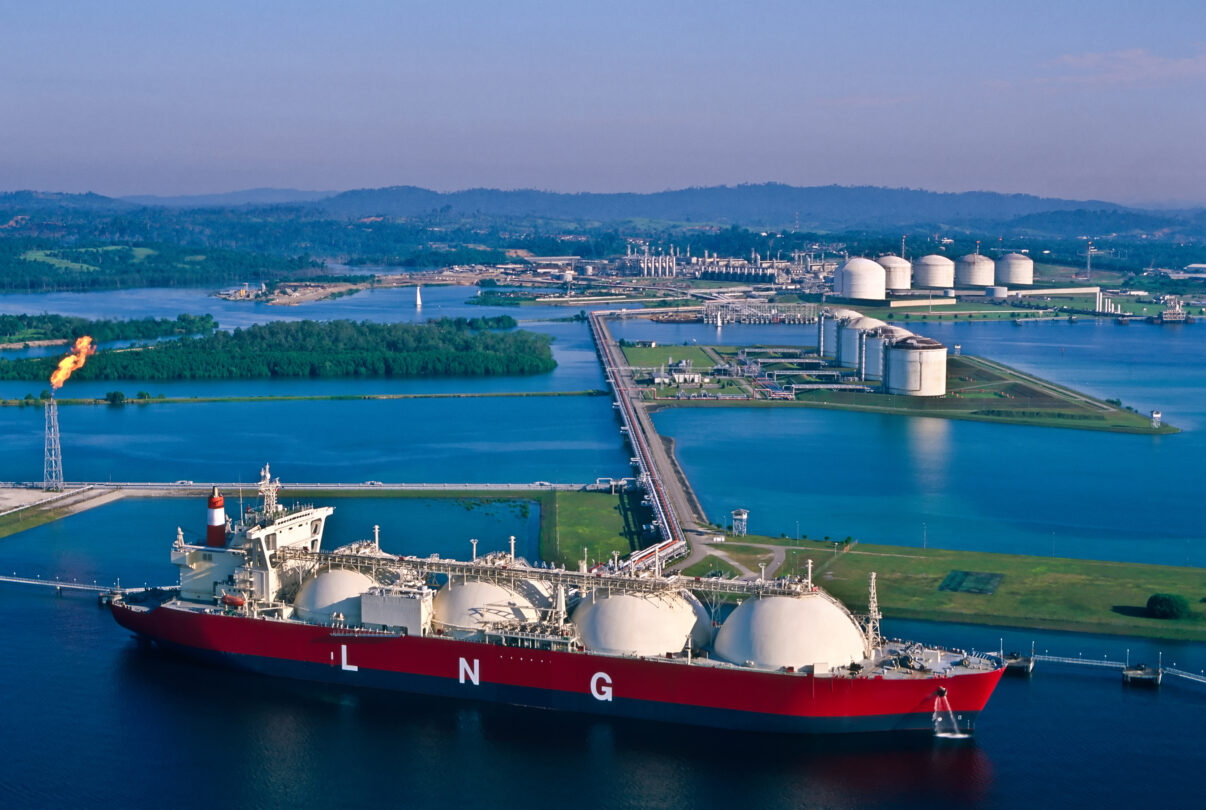It is vital to measure the cargo volume with absolute precision on LNG carriers, as imprecise measurements will result in incorrect billing, which can further lead to financial disputes and a lack of trust between buyers and sellers. Radar technology is a proven solution for providing extremely accurate level measurements as part of an onboard custody transfer measurement system (CTMS), in compliance with marine regulations. However, as we explained in an article published by Riviera Maritime Media, extreme temperatures, humidity or accidental damage can all cause the measurement accuracy of instrumentation to drift over time, creating the need for calibration. The article states:
…To counteract any deviations that might occur, it is essential to calibrate instruments periodically to see if they have drifted. Based on the calibration result, the instruments can then be adjusted as necessary to return them to the required accuracy. A convenient method of performing such calibration is by using a reference standard, which in some cases is referred to as a test cable instrument. When using this method, the calibration of the instrument must be traceable to a higher measurement standard and have the appropriate calibration certification.

Radar technology provides extremely accurate level measurements as part of a custody transfer measurement system onboard LNG carriers.
Worldwide measurement systems are coordinated by the Bureau International des Poids et Mesures/International Bureau of Weights and Measures (BIPM). The article states that the BIPM defines calibration as:
…an operation that “under specified conditions, in a first step, establishes a relation between the quantity values with measurement uncertainties provided by measurement standards and corresponding indications with associated measurement uncertainties and, in a second step, uses this information to establish a relation for obtaining a measurement result from an indication”.
In other words, calibration is the act of comparing a device under test of an unknown value with a reference standard of a known value (a measurement standard). Importantly, the BIPM also notes that calibration is sometimes mistakenly considered to involve making corrective adjustments to the device under test. In fact, any necessary corrective adjustments are made following calibration.
We go on to explain that measurement equipment and systems need to be recalibrated and recertified on a periodic basis. Performing and documenting calibrations for CTMS instruments involves lots of resources and can require significant investment. However, organizations should also consider the consequences of poor calibration or neglecting to maintain the calibration process, which can include contractual disputes and failure to comply with regulations. Therefore, in the long term it can be less costly to make the necessary investment and ensure that calibrations are performed as required.
The International Safety Management (ISM) Code – which is mandatory under the provisions of the International Convention for the Safety of Life at Sea (SOLAS) – recommends that all ships should carry a calibration procedure, and have confirmation of compliance with that procedure available onboard. Reference instruments must themselves be calibrated at regular intervals at specialized facilities and carry a calibration certificate.
Calibration results must be traceable to the internationally defined measurement units. Metrological traceability refers to an unbroken chain of comparisons relating an instrument’s measurements to a known standard that is directly or indirectly related to national metrological institutes (NMIs), international standards, or certified reference materials. Such traceability provides confidence in the accuracy of the reference instruments and gives assurance that the measurement results are correct.
The article continues:
…Traceability is typically visualized as a calibration traceability pyramid, for which the International System of Units (SI) is found on the top. Just below the SI level of the pyramid, the BIPM works directly with the NMIs of member countries to facilitate the promotion of the SI units within those countries. However, it is not always affordable or efficient for organizations to work directly with an NMI. The NMI-level standards are used to calibrate primary standards or instruments; primary standards are in turn used to calibrate secondary standards; secondary standards are used to calibrate working standards and working standards are used to calibrate process instruments. In this way, references to the SI standards can be efficiently passed down the calibration pyramid through the NMI.
Traceability is typically visualized as a pyramid, demonstrating the calibration hierarchy from the realization of the SI units down to the measurements performed by process instruments.
Visit here to learn how Emerson’s marine custody transfer systems enable you to measure and report custody transfer with absolute precision.
The post Why periodic calibration of marine custody transfer measurement systems is vital appeared first on the Emerson Automation Experts blog.
Emerson Electric Co., a diversified global technology company, engages in designing and supplying product technology and delivering engineering services to various industrial and commercial, and consumer markets worldwide. The company operates through five segments: Process Management, Industrial Automation, Network Power, Climate Technologies, and Appliance and Tools.
Emerson Electric was founded in 1890 and is based in St. Louis, Missouri.
>>> Read full article>>>
Copyright for syndicated content belongs to the linked Source : PRSync – http://prsync.com/emerson-electric/why-periodic-calibration-of-marine-custody-transfer-measurement-systems-is-vital-3905116/